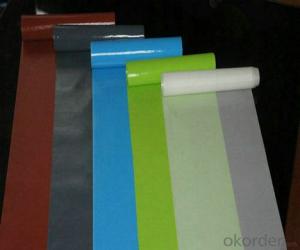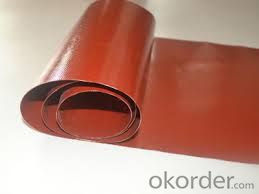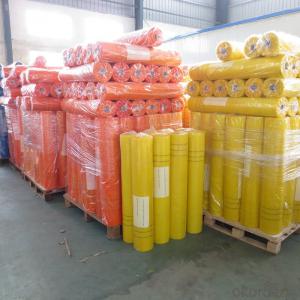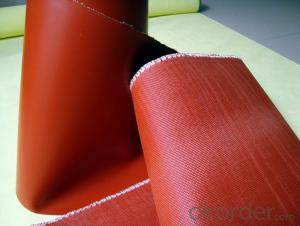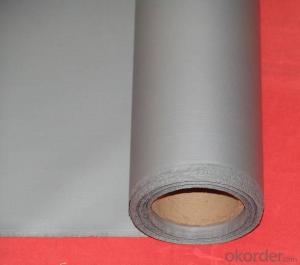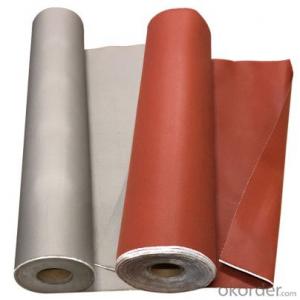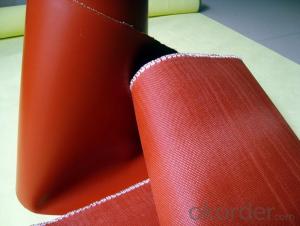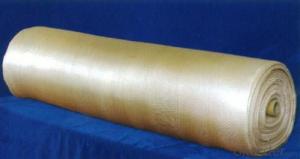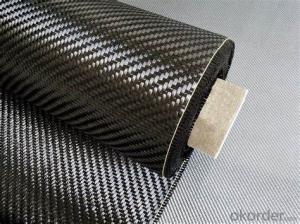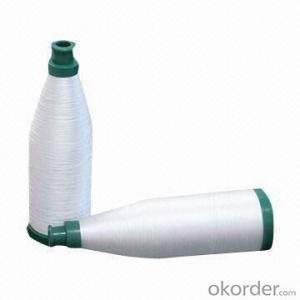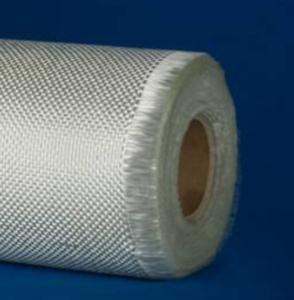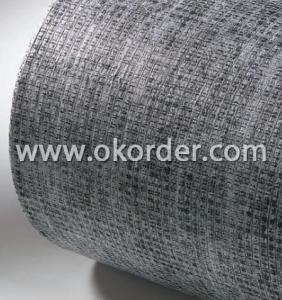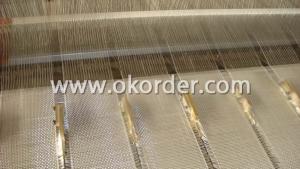Unidirectional Fiberglass Fabric Coated Silicone for Construction Use
- Loading Port:
- Shanghai
- Payment Terms:
- TT OR LC
- Min Order Qty:
- 500 m²
- Supply Capability:
- 50000 m²/month
OKorder Service Pledge
OKorder Financial Service
You Might Also Like
Silicone Coated Fiberglass Fabric for Construction Use
Fiberglass Fabric Description
Silicone coated fiberglass fabric are made of fine fiberglass with excellent capacity of high temperature and corrosion resistance, coated and rolled with silicone rubber, which is a brand new product with good performance and multiple applications.
Fiberglass Fabric Specification
Thickness:0.2mm-5mm
Width:100cm-150cm
Color;grey/red/silver/black
Weight(coating):130gsm-2800gsm
Model No | FSD2030 | FSD2030 | FSD2050 | FSD2100 | |
High temperature resistant(°C) | ≤280 | ≤280 | ≤280 | ≤280 | |
Low temperature resistant(°C) | ≥-40 | ≥-40 | ≥-40 | ≥-40 | |
Tensile intensity (N/50mm) | Warp | ≥1750 | ≥1750 | ≥2500 | ≥3500 |
Weft | ≥1280 | ≥1280 | ≥2100 | ≥3000 | |
Inflating burst intensity(Mpa) | ≥2.0 | ≥2.0 | ≥2.2 | ≥2.6 | |
Peeling intensity(N/m) | ≥450 | ≥450 | ≥520 | ≥600 | |
Insulation (kv/mm) | 16 | 16 | 18 | 18 | |
Weight (g/m*m) | 550-650 | 550-650 | 750-800 | 1500-1800 | |
Width(mm) | 1000±20 | 1000±20 | 1000±20 | 1000±20 | |
Thickness(mm) | 0.3-0.4 | 0.3-0.4 | 0.05-0.55 | 1.0-1.1 | |
color | Silver-gray, gray, red | lucency | Silver-gray, gray, red | Black, gray, red | |
Fiberglass Fabric Features:
1, Good performance on resisting high temperature and low temperature, -40°C-280°C;
2, High strength;
3, Ozone, oxide, light and weather aging resistance;
4, High insulation: dielectric constant:3-3.2, breakdown voltage: 20-50KV/MM;
5, Chemical corrosion resistant, oil-proofing, waterproofing (washable)
Fiberglass Fabric Application:
1) Electric insulation: it feature high grade of electric insulation and bear a load of high voltage. It fits for making products like insulation cloth and sleeves et.
2) Non - metalli compensator: used as pipeline oupling, non-metallic compensactor helps to avoid damage caused by heat expansion and cold contraction. This membrane material speially fit for using in industres of petroleum, chemical engineering, cement, iron and steel and good elasticity and toughness.
3)Anti-conrrosion sector: It is good to be used as inner and outer anti-corrosion layer featuring excellent corrosion resistance, tempareture resistance and high strength. It proves to be an ideal anti-corrosion material.
4) Others: Apart from above application, it can also be used as sealing material, temperature resistant and anti-orrosion conveyr belt and packaging material.
Product Show
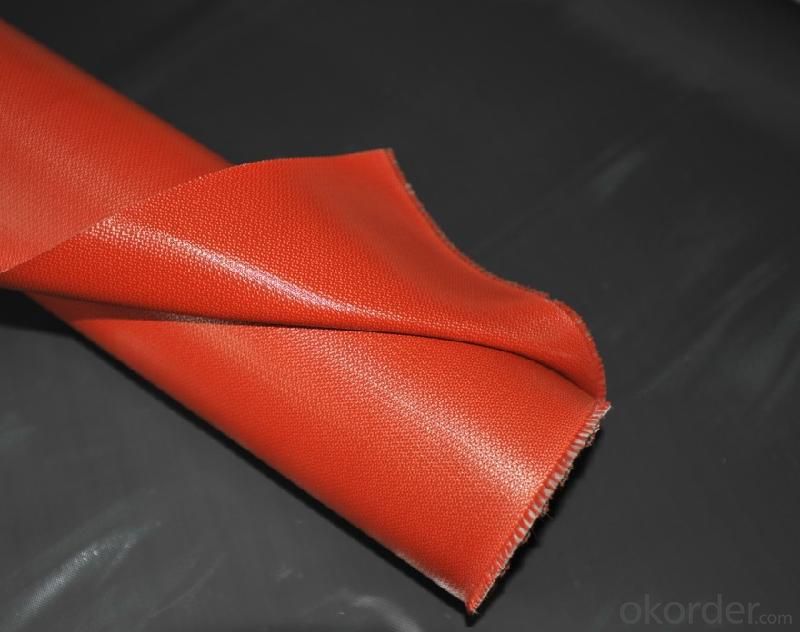
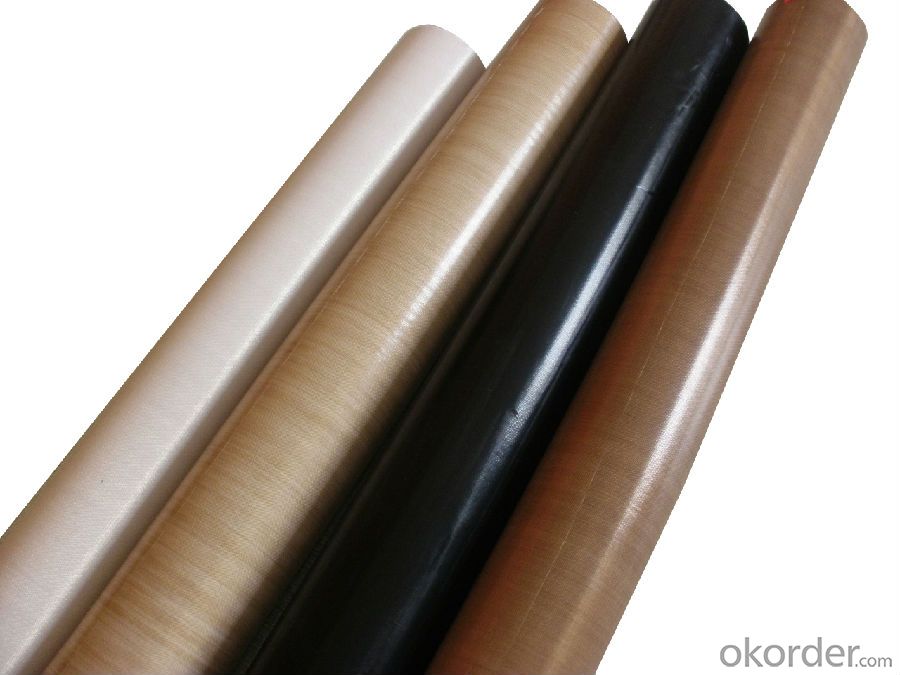
FAQ
1.What are the characteristics of fiberglass fabric?
a)Outstanding temperature resistance(from -70°C to +260°C)
b)Excellent chemical resistance
c)Superior non-stick surface, easy to clean
d)High dielectric strength
e)Dimensional stability
f)Resistance to UV, IR and HF
g)Non-toxic
2.How many methods to weave the fabric?
Four methods to weave the fabric:
a).Plain weave: it can be used in electricity insulation materials and reinforced materials in industry, because of inseparable structure, plain and clear lines.
b).Twill weave: compared with plain weave, it is of high density, high intensity, with a soft and loose structural weave. It can be used in ordinary reinforced materials, filter materials, and painting cloth.
3.Can you offer us some samples?
We are willing to offer our customers best product&service,if it's necessary we can send
you sample for test;also we welcome all you customer have a trial order.
- Q: Can fiberglass fabric be used for making insulation tape?
- Yes, fiberglass fabric can be used for making insulation tape.
- Q: What are the different fiberglass fabric weaves for impact resistance?
- There are several different fiberglass fabric weaves that are known for their impact resistance properties. These weaves are designed to provide added strength and durability to fiberglass materials, making them suitable for applications where impact resistance is a key requirement. One type of fiberglass fabric weave commonly used for impact resistance is the plain weave. In this weave pattern, the warp and weft fibers are woven over and under each other in a simple crisscross pattern. This creates a balanced fabric structure that offers good strength and impact resistance. Plain weave fabrics are often used in applications such as protective clothing, automotive parts, and sports equipment. Another popular weave pattern for impact resistance is the twill weave. In this weave, the warp and weft fibers are interlaced to create a diagonal pattern. This diagonal structure provides enhanced strength and impact resistance, making twill weave fabrics suitable for applications that require high durability, such as aerospace components, boat hulls, and ballistic protection. Satin weave is another fiberglass fabric weave known for its impact resistance properties. In this weave pattern, the warp and weft fibers are interlaced in a way that creates long floats on one side of the fabric, giving it a smooth and shiny appearance. Satin weave fabrics are highly flexible, lightweight, and have excellent impact resistance, making them ideal for applications such as surfboards, wind turbine blades, and high-performance sporting goods. Lastly, there is the leno weave, which involves twisting adjacent warp fibers around each other to provide added strength and stability. This weave structure is known for its excellent impact resistance and is commonly used in applications where high structural integrity is required, such as automotive parts, boat building, and industrial equipment. Overall, the different fiberglass fabric weaves mentioned above offer varying degrees of impact resistance, allowing manufacturers to choose the most suitable weave pattern for their specific application requirements.
- Q: How is fiberglass fabric used in the production of insulation ropes?
- Fiberglass fabric is commonly used in the production of insulation ropes due to its excellent thermal insulation properties and durability. The fabric is first woven or knitted using fine strands of fiberglass, which create a strong and flexible structure. In the manufacturing process, the fiberglass fabric is typically coated with a heat-resistant silicone or acrylic coating to enhance its resistance to high temperatures and improve its ability to withstand wear and tear. This coating also helps to prevent the fabric from unraveling or fraying. The insulation ropes are then made by braiding or twisting the coated fiberglass fabric, creating a tightly woven rope-like structure. This construction technique allows the rope to effectively trap air and create a thermal barrier, preventing the transfer of heat and reducing energy loss. The fiberglass fabric used in insulation ropes is highly resistant to fire, chemicals, and moisture, making it suitable for various industrial applications. It is commonly used in HVAC systems, boilers, ovens, and other high-temperature environments where insulation is crucial. Overall, fiberglass fabric plays a vital role in insulation rope production by providing excellent thermal insulation, durability, and resistance to various environmental factors, making it an ideal material for insulating applications.
- Q: Can fiberglass fabric be used for insulation in pipelines?
- Yes, fiberglass fabric can be used as insulation in pipelines. It is commonly used due to its excellent thermal and mechanical properties, including high temperature resistance, low thermal conductivity, and durability. It helps to prevent heat loss or gain, maintain consistent temperatures, and improve energy efficiency in pipeline systems.
- Q: How does fiberglass fabric perform in high-temperature environments?
- Fiberglass fabric performs well in high-temperature environments due to its excellent heat resistance properties. It can withstand temperatures up to 1000°F (540°C) without significantly degrading or melting. This makes it a suitable material for various applications such as insulation, fireproofing, and protective clothing in industries where high temperatures are present.
- Q: How does fiberglass fabric perform in chemical environments?
- Fiberglass fabric is known for its excellent performance in chemical environments. It is highly resistant to a wide range of chemicals, including acids, alkalis, solvents, and oils. The fabric's ability to withstand chemical exposure is primarily due to its composition, which consists of glass fibers that are coated or impregnated with a chemical-resistant resin. The chemical resistance of fiberglass fabric makes it an ideal choice for various applications in industries such as chemical processing, petrochemical, pharmaceutical, and food processing. It can be used in the form of curtains, gaskets, seals, and linings to protect equipment and structures from corrosive chemicals. Furthermore, fiberglass fabric's resistance to chemical exposure also extends to high temperatures. It can withstand continuous operating temperatures of up to 550°C (1022°F) without significant degradation. This property makes it suitable for applications that involve both high-temperature and chemical environments, such as thermal insulation and fire protection systems. In addition to its chemical resistance, fiberglass fabric also offers other beneficial properties. It is lightweight, durable, and has excellent mechanical strength. It is also non-flammable, providing an added layer of safety in chemical environments where fire hazards are a concern. Despite its exceptional performance in chemical environments, it is important to note that fiberglass fabric may still be susceptible to certain highly reactive chemicals or extreme conditions. Therefore, it is crucial to consult with manufacturers or experts to determine the suitability of fiberglass fabric for specific chemical environments and applications.
- Q: Are fiberglass fabrics resistant to water absorption?
- Yes, fiberglass fabrics are generally resistant to water absorption. Fiberglass is a non-porous material, which means it does not allow water to pass through easily. This makes it highly resistant to water absorption. When used in fabrics, fiberglass is often coated with a water-resistant finish or treated with chemicals to further enhance its resistance to water absorption. This makes fiberglass fabrics suitable for a variety of applications where water resistance is important, such as in outdoor clothing, marine equipment, and waterproofing materials. However, it is important to note that while fiberglass fabrics are resistant to water absorption, they may not be completely waterproof. In extreme conditions, such as prolonged exposure to heavy rain or submersion in water, some water may eventually seep through the fabric.
- Q: Is fiberglass fabric resistant to chemicals used in automotive industry?
- Fiberglass fabric is generally resistant to the chemicals commonly used in the automotive industry. It is well-known for its outstanding ability to withstand a wide range of chemicals, including oils, fuels, solvents, and acids. Because of this, it is a suitable material for various automotive applications, such as insulation, reinforcement, and protective covers. Moreover, fiberglass fabric is also heat-resistant, lightweight, and possesses a high strength-to-weight ratio, making it a preferred choice in the automotive manufacturing field. However, it is crucial to acknowledge that the specific chemical resistance of fiberglass fabric may vary depending on the type and quality of the fabric, as well as the concentration and duration of exposure to the chemicals. Therefore, it is advisable to consult the manufacturer's specifications and testing data to ensure the suitability of fiberglass fabric for a specific chemical application in the automotive industry.
- Q: How does fiberglass fabric perform in moisture absorption?
- Fiberglass fabric is known for its excellent performance in moisture absorption. Due to its inherent characteristics and composition, fiberglass fabric has a very low moisture absorption rate. The fabric is made from fine fibers of glass that are woven together, creating a tight and dense structure. This structure prevents moisture from easily penetrating the fabric. Compared to other materials such as cotton or polyester, fiberglass fabric has a much lower moisture absorption rate. It does not readily soak up moisture like natural fibers, and it does not retain water for long periods of time. This is advantageous in applications where moisture resistance is important, such as in outdoor or marine environments. The low moisture absorption of fiberglass fabric also helps to maintain its dimensional stability. Even when exposed to high levels of humidity or moisture, the fabric does not swell or warp. This makes it a suitable choice for applications where maintaining shape and integrity is crucial, such as in composite materials or reinforcement applications. Furthermore, the low moisture absorption of fiberglass fabric also contributes to its resistance to mold and mildew growth. Since moisture is not easily absorbed by the fabric, it creates an unfavorable environment for the growth of these microorganisms. This property makes fiberglass fabric a popular choice in applications where moisture resistance and hygiene are important, such as in the manufacturing of medical equipment or food processing industry. In summary, fiberglass fabric performs exceptionally well in moisture absorption. Its low moisture absorption rate, dimensional stability, and resistance to mold and mildew growth make it a reliable choice in various industries and applications.
- Q: How is fiberglass fabric used in the production of geotextiles?
- Fiberglass fabric is used in the production of geotextiles as a reinforcement material. It provides strength and stability to the geotextile, enabling it to withstand high tensile forces and enhance its durability. The fiberglass fabric is typically incorporated into the geotextile through lamination or needle-punching techniques, creating a composite material that can effectively prevent soil erosion, reinforce slopes, and provide separation and filtration functions in various civil engineering applications.
Send your message to us
Unidirectional Fiberglass Fabric Coated Silicone for Construction Use
- Loading Port:
- Shanghai
- Payment Terms:
- TT OR LC
- Min Order Qty:
- 500 m²
- Supply Capability:
- 50000 m²/month
OKorder Service Pledge
OKorder Financial Service
Similar products
Hot products
Hot Searches
Related keywords
